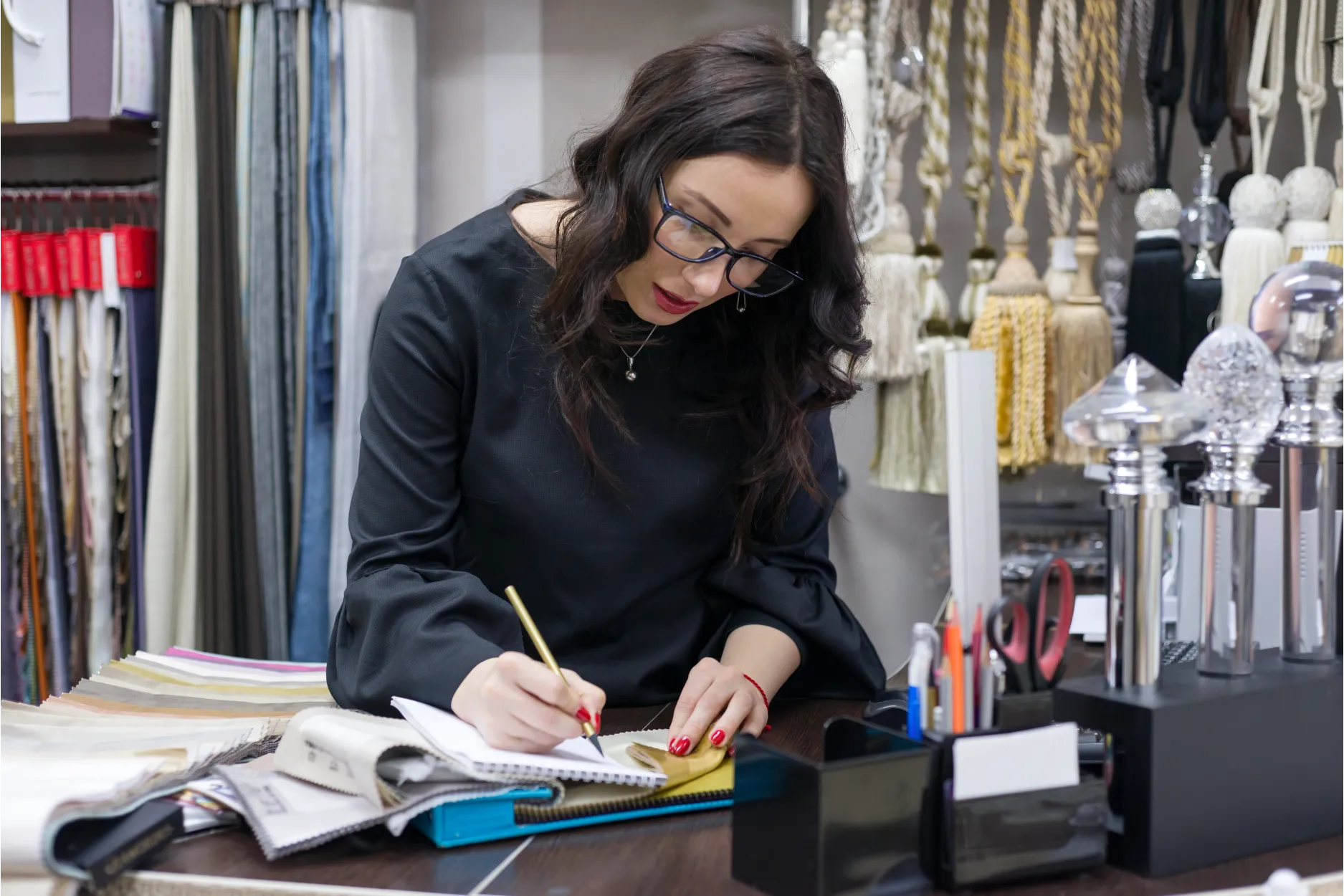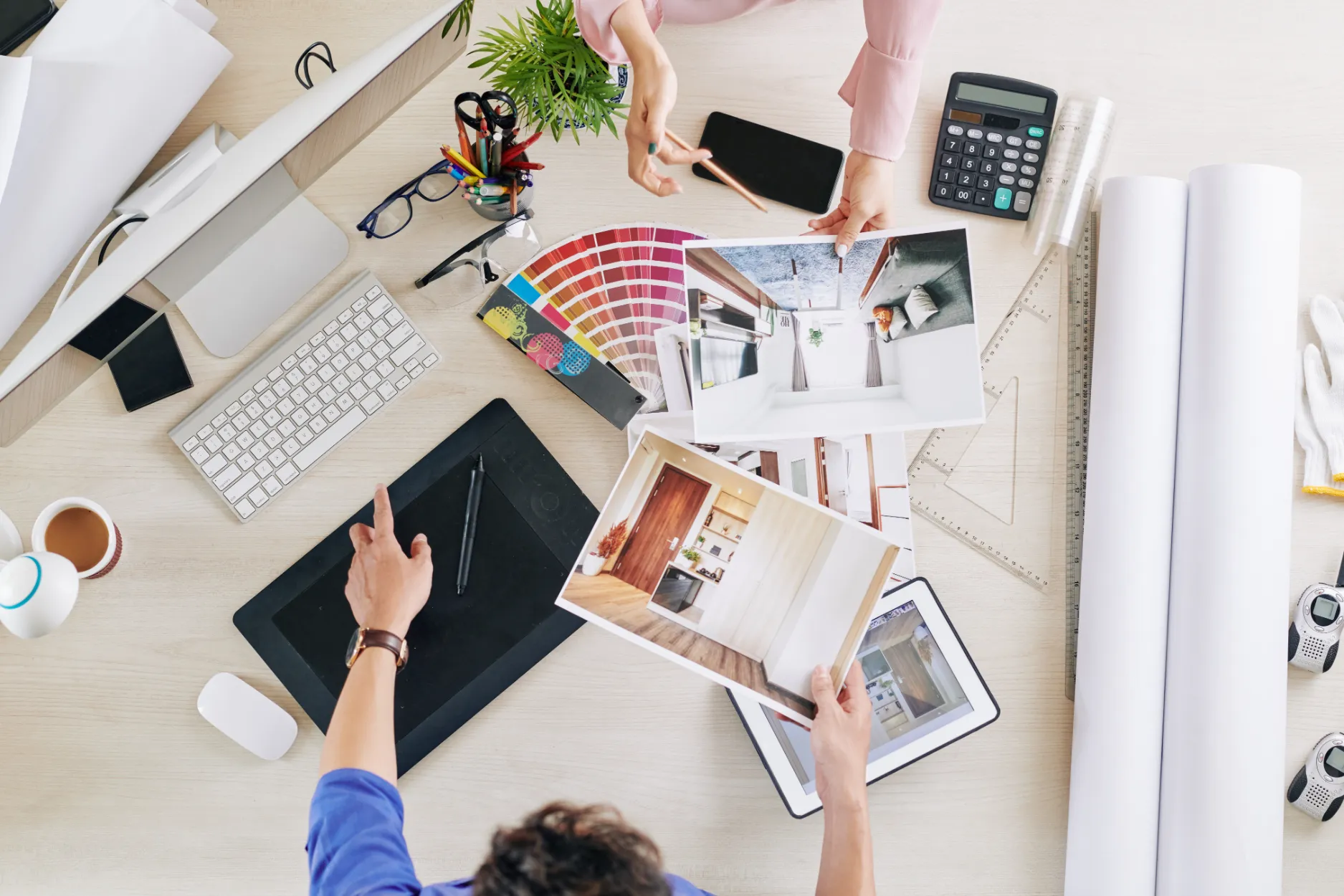
In the dynamic world of retail, where competition is fierce and customer expectations continue to evolve, staying ahead of the curve is essential. In 2023, one of the most exciting and transformative trends in the retail industry is the adoption of immersive 3D floor planning.
This cutting-edge technology is changing the way consumers shop and is breathing new life into the interior design business. In this blog, we will explore the significant impact of immersive 3D floor planning on the shopping experience and how it's reshaping the retail landscape.
At the heart of the retail industry lies the customer experience. Over the years, we've seen retailers constantly striving to enhance their customers' shopping journeys. From personalized recommendations to seamless checkout processes, businesses have been investing heavily in creating memorable experiences. In 2023, immersive 3D floor planning is taking this to a whole new level.
Imagine being able to explore a store from the comfort of your own home. With immersive 3D floor planning, this is now a reality. Retailers are using advanced 3D rendering technology to create virtual replicas of their physical stores. Customers can "walk" through these virtual spaces, examining products, layouts, and designs with remarkable realism.
One prominent example of this technology in action is the partnership between furniture giant IKEA and their app "IKEA Place." Customers can use their smartphones to place virtual furniture in their homes, allowing them to see how it fits and looks before making a purchase. This not only saves time but also eliminates the guesswork, leading to higher customer satisfaction.
Personalization has been a buzzword in retail for some time now, but 3D floor planning takes it to a whole new dimension. These immersive experiences enable retailers to tailor product recommendations and store layouts based on individual customer preferences.
For instance, if a customer frequently shops for athletic gear, a sports store's 3D virtual environment can be customized to showcase relevant products prominently. This level of personalization enhances customer engagement, increases conversion rates, and builds brand loyalty.
The impact of 3D floor planning isn't limited to retail alone; it's also revolutionizing the interior design industry. Interior designers have always relied on sketches, mood boards, and physical samples to communicate their vision to clients. However, 3D floor planning is changing the game.
With 3D floor planning tools, interior designers can create realistic 3D models of their designs. Clients no longer need to rely solely on their imagination to understand how a room will look; they can virtually "walk" through their future living spaces, making it easier to make design decisions.
This shift towards immersive design presentations not only improves communication but also accelerates decision-making. A client can instantly see how different furniture arrangements, color schemes, and lighting options will impact the overall aesthetic of their space.
Traditionally, interior design often involves creating physical prototypes and samples, which can be both time-consuming and resource-intensive. In contrast, 3D floor planning significantly reduces the need for physical materials. This not only saves costs but also aligns with sustainability goals by minimizing waste.
Companies like Wayfair have already embraced this technology, allowing customers to visualize how furniture will fit into their homes before making a purchase. This not only reduces the likelihood of returns but also contributes to a more eco-friendly approach to interior design.

Now that we've seen the theoretical benefits of immersive 3D floor planning let's explore how these concepts are being applied in real-time.
Real estate is another industry undergoing a transformation with 3D floor planning. Instead of relying solely on static images or standard virtual tours, potential buyers can explore properties in 3D. This allows them to get a true sense of the space and its potential, making the home-buying process more informed and efficient.
One of the leading platforms in this space is Zillow, which offers 3D tours for many of its listings. This technology empowers buyers to explore every corner of a property from the comfort of their computer or smartphone, reducing the need for in-person visits.
Brick-and-mortar retailers are also leveraging augmented reality (AR) to enhance the in-store shopping experience. By using AR apps on their smartphones, customers can access additional information about products, view product demonstrations, or even try on virtual clothing items.
For instance, Sephora's Virtual Artist app allows customers to try makeup virtually, helping them choose the perfect shades without physically applying products to their skin. This not only improves the customer experience but also minimizes the need for in-store testers, to address hygiene concerns.
Read Also: Solving Pain Points: Addressing Challenges in Retail and Distribution with Immersive 3D in 2023
As we venture further into 2023, the adoption of immersive 3D floor planning is set to increase across various industries. The impact on customer experiences in retail and the efficiency of interior design processes is undeniable. As technology continues to evolve, we can expect even more innovative applications and seamless integration into our daily lives.
The benefits of this technology are not limited to large corporations; small businesses can also harness its power to provide a competitive edge. The democratization of 3D floor planning tools allows businesses of all sizes to create immersive experiences for their customers, helping them stand out in a crowded marketplace.
In conclusion, the retail and interior design landscapes are evolving, and immersive 3D floor planning is at the forefront of this transformation. By prioritizing customer-centric experiences and embracing technological advancements, businesses can thrive in this new era of retail. As we look ahead to the future, one thing is clear: the possibilities of immersive 3D floor planning are limitless, and those who embrace it will continue to revolutionize the way we shop and design our living spaces.
FAQs
3D floor planning revolutionizes interior design by allowing designers to create realistic 3D models, enabling clients to visualize designs easily. It reduces costs, accelerates decision-making, and promotes sustainable design practices.
Immersive 3D floor planning is a technology that creates virtual, lifelike representations of physical spaces, enabling customers to explore stores, homes, or designs in a highly realistic 3D environment.
Immersive 3D floor planning is a technology that creates virtual, lifelike representations of physical spaces, enabling customers to explore stores, homes, or designs in a highly realistic 3D environment.